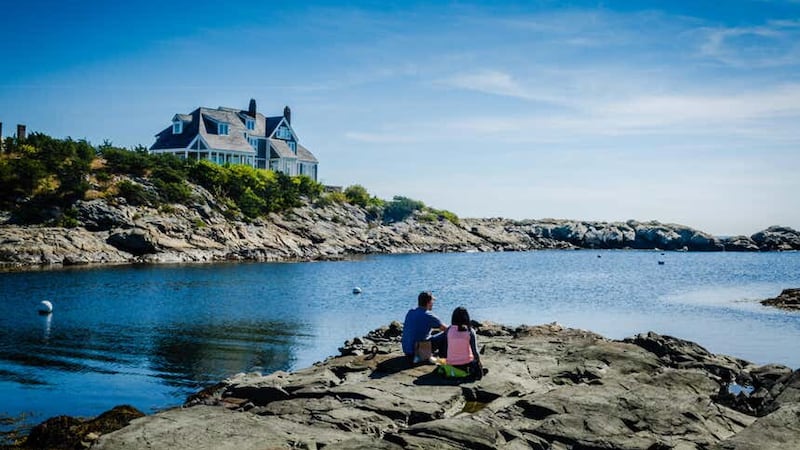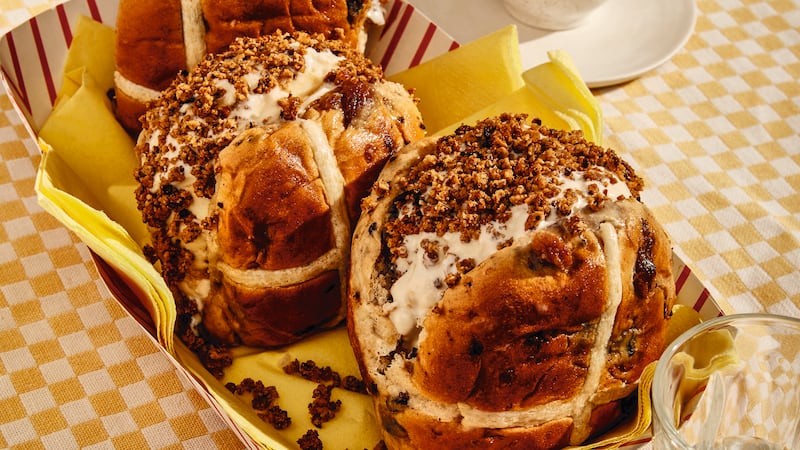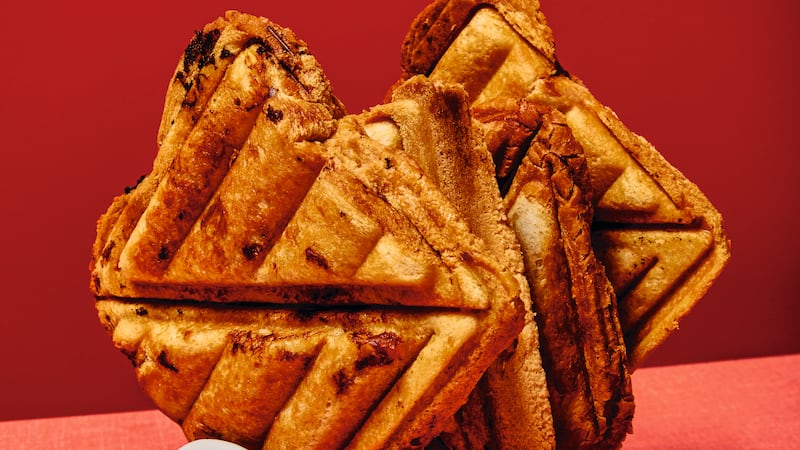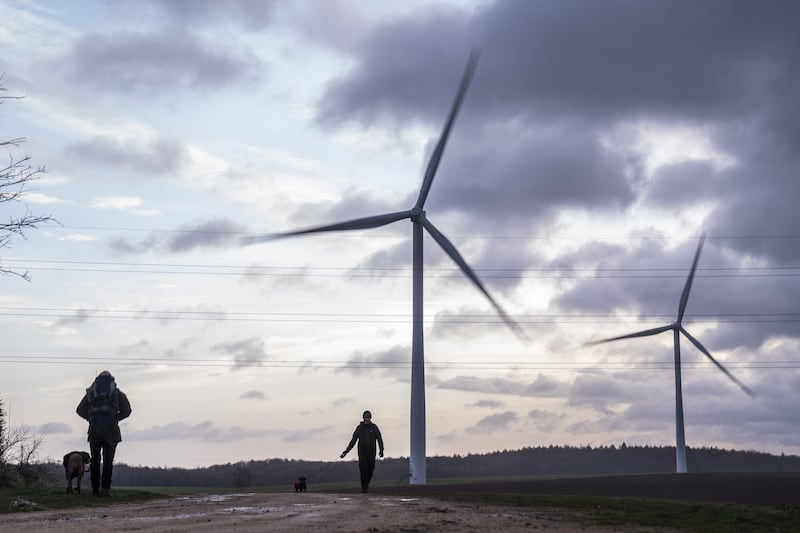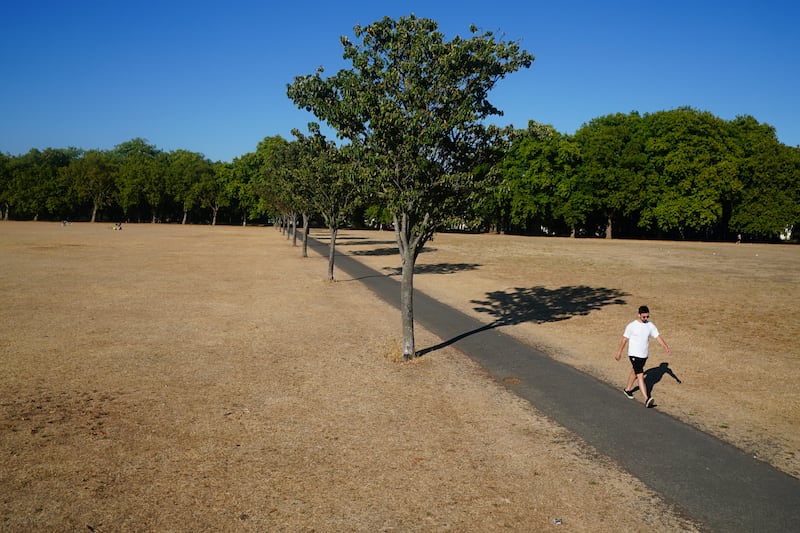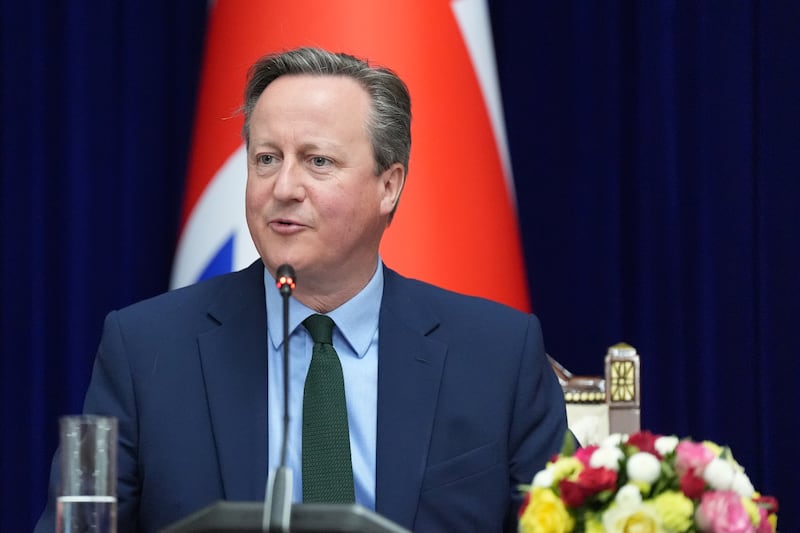As tourists and travellers, even in our own country, we may want to take picnics in beautiful spots and share a meal with those we love.
But, everything seems to come with so much plastic. According to Statista, annual plastic waste per person in the UK is 98.66kg.
So, with our waste in mind, is a plastic-free picnic even possible?
Take crockery or reusable alternatives
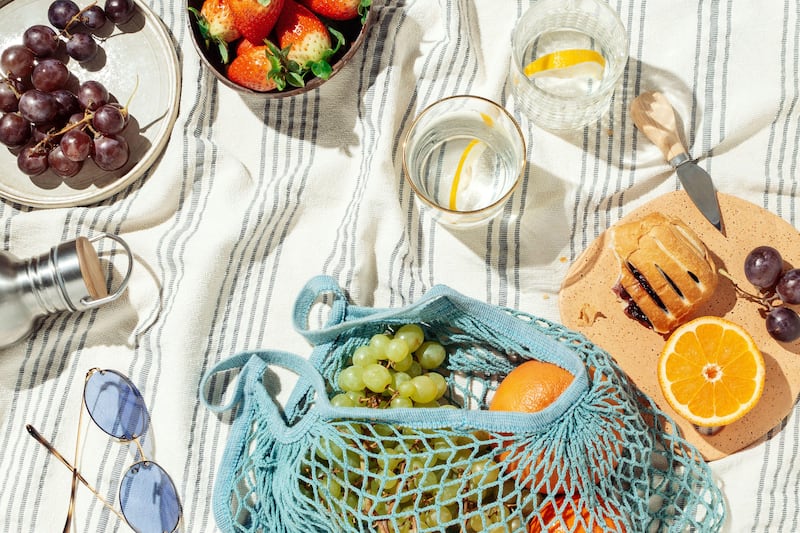
Disposable plates and cutlery are not a sustainable choice.
“Every year in England we use 1.1 billion single-use plates and 4.25 billion items of single-use cutlery,” says Thomas Panton, founder of the sustainable marketplace, Canopey.
And there are lots of issues with single-use picnic options.
“Plastics like polyethene are derived from fossil fuels and stick around for hundreds of years, breaking down into microplastics and leaking chemicals into the environment,” says Panton.
Opt for your own plates and cutlery, and wrap them up in tea towels to keep them safe when transporting them. It’ll look much nicer too.
Avoid cling film
When we use plastics, “many don’t get recycled, and some types are impossible to process, like cling film, which is not accepted by most UK local authorities”, explains Panton.
“Cling film is made from an ozone-depleting solvent and can easily be ingested by animals and sea creatures, as well as being hard to spot by clean-up efforts.”
Reusing old tins and containers could be a great cling film alternative.
“There are loads of containers and lunchboxes available in shops, including metal – which is light and hardy, glass – which is heavier but can act as its own serving dish, recycled plastics, or bioplastics, which are made from plant fibre like sugarcane, and can be industrially composted at the end of their life. Of course, always try to use containers you already have, as this extends the life of materials already in existence,” he adds.
Swap to save
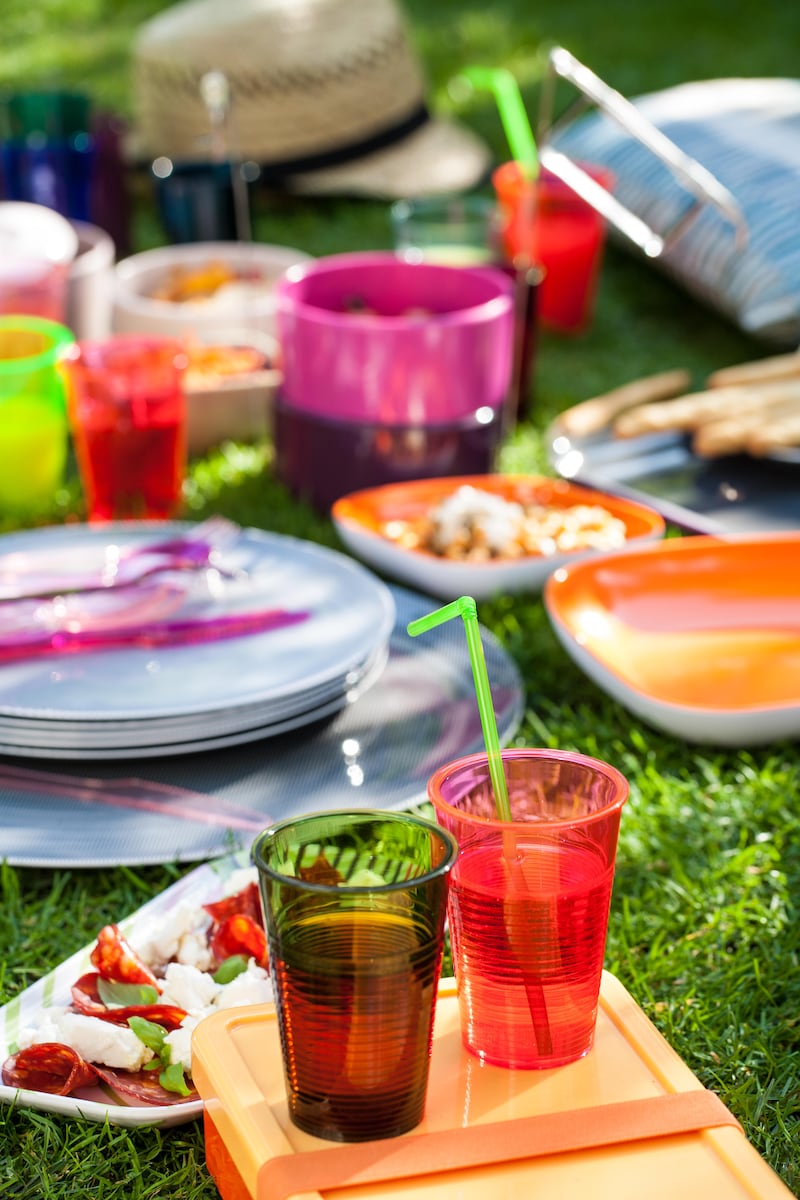
“Switching out single-use sandwich bags, disposable cups and napkins is a great way to start, and with many of these swaps, you’ll save money, as they can be used for many more picnics to come,” says Panton.
“Get yourself reusable cups, water bottles or even a thermos if you’re bringing hot or chilled drinks. Use reusable food wraps instead of cling film and sandwich bags – each of these become cheaper with every use and are usually made much better and with more thought than their single-use alternatives.”
Find out what things are actually made of
Just because something looks plastic-free, doesn’t mean it is.
“Some cups and cutlery may look like paper but are actually made from a mix including plastics. Composite materials like these are almost impossible to separate and process for recycling, so they’re best avoided unless they are industrially compostable,” he explains.
Don’t buy pre-packaged, make from scratch
“Pre-packaged foods tend to generate lots of plastic and other packaging. Making salads, sandwiches and other snacks – like hummus and other dips – at home, can really cut down on unnecessary waste, as well as adding something special to your picnic,” says Panton.
Why not ask people to bring their own homemade dishes too, to spread the cost, cut down on plastic and try something new?
